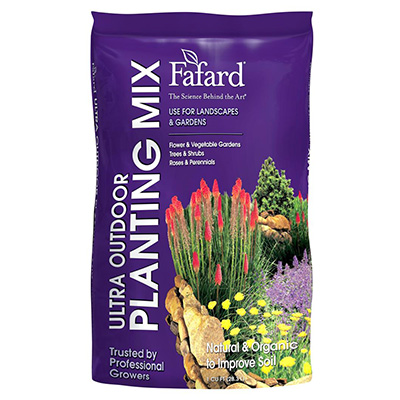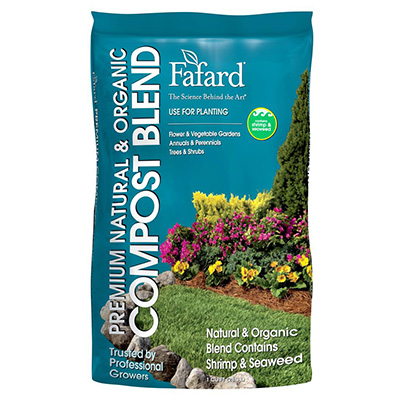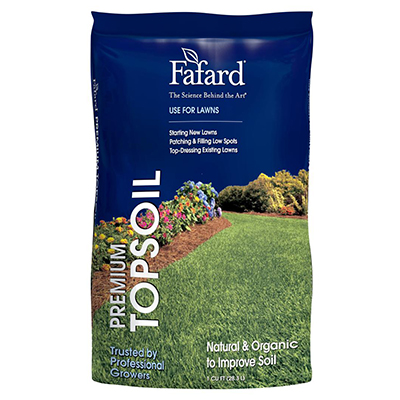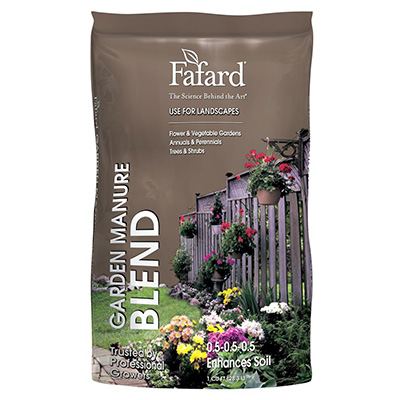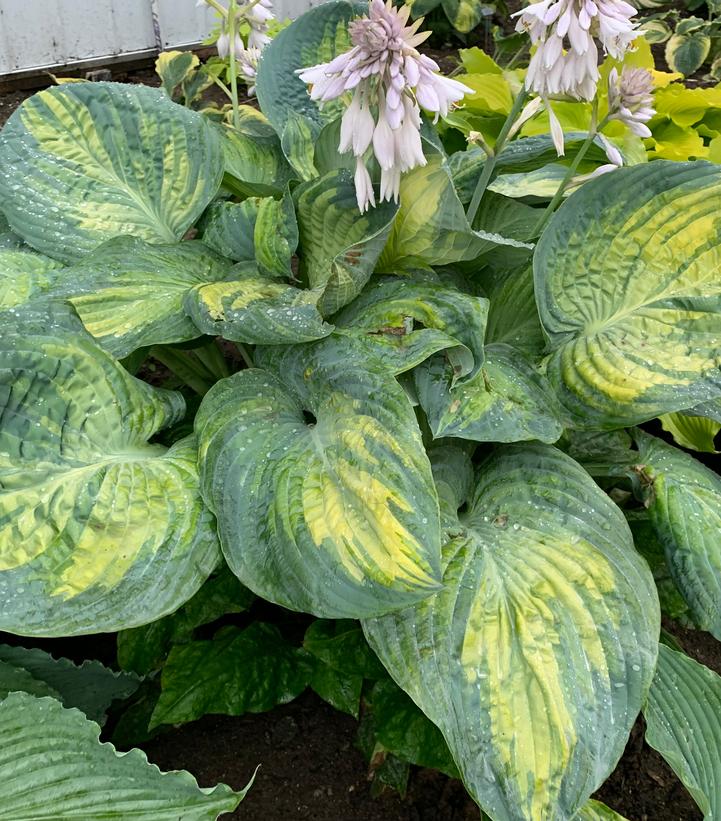

Hosta x Shadowland® 'Sound of Music'
Shadowland® Sound of Music Plantain Lily
- Attracts hummingbirds
- Attractive foliage
- Mass planting
- Grows well in city environments

- Category: Perennial
- Patent: PP35,563
- Breeder: Proven Winners
- Hardiness Zone: 3-9
- Height: 30-32 in
- Spread: 60-66 in
- Bloom Color: White Shades
- Foliage Color: Blue Shades, Green Shades, Multi-Color
Purchase options for Shadowland® Sound of Music Plantain Lily
- Size: 1 Gallon -
- Status: Sheared and/or Dormant
- Availability: Online
$27.00
Success Starts With Soil
Fafard Premium Natural & Organic Compost
$12.99
Add To CartBring your garden alive with the 'Sound of Music'. This giant hosta will add immediate interest with heavily corrugated, medio variegated leaves. Chartreuse centers jet to glaucous blue-green margins. Centers mature to creamy white in summer. In early summer large clusters of near white flowers will have birds and pollinators singing in the shade garden. 'Sound of Music' has the queen of hostas in the background, 'Empress Wu', so you know it's going to get big!
Hostas are exceedingly popular perennials in today's gardens due to their versatility in the landscape. Their subtle colors, tall flower scapes, and broad, coarse leaves fill a niche in garden designs that few other plants can achieve. Their large leaves provide excellent coverage for dying bulb foliage. Hostas also grow well in city environments where the air may be polluted by car exhaust, etc.
Premium Hostas
This premium hosta variety is part of a group of the finest hostas available today. To be considered a premium hosta, plants must perform superbly in many zones. They must also exhibit exemplary garden presence and performance, have a long season of appeal in the landscape, have leaves of good substance, and demonstrate a greater resistance to common garden pests.
Attributes
| • | Border or Bed |
| • | Container |
| • | Cut Flower/Foliage |
| • | Focal Point |
| • | Great Foliage |
| • | Specimen |
Maintenance and Care
| • | Mass Planting |
Flower Color
| • | White |
Growing Tips for Hosta x 'Shadowland® 'Sound of Music''
Hostas grow best in moist, well-drained, highly organic soils with a pH between 5.5 and 7.5. Sandy loam is better than clay because it provides more aeration for the roots. High-filtered or dappled sunlight is necessary for clean, healthy growth. Morning sun is tolerable and will help to intensify the leaf colors, but hot afternoon sun is usually deadly to hostas. They are most at home in shady, woodland settings and often work well as specimen or edging plants.
Especially in northern zones, hostas should be mulched with a layer of finely shredded organic material to prevent heaving in the winter. Mulch is beneficial because it retains moisture around the plant's roots, but it is also the ideal place for slugs to hide. Watch for holes in the center of the leaves. If they are present, so are slugs. Applying a slug bait in early spring when new shoots are beginning to emerge will help to reduce the slug population. After a few years when plants are firmly established, the mulch can be removed completely, which should eliminate the slug problem altogether. Also be sure to clean all hosta foliage out of the garden in early winter after the plants have gone dormant. By doing so, you will be ridding the area of the eggs of slugs and other leaf-eating insects.

